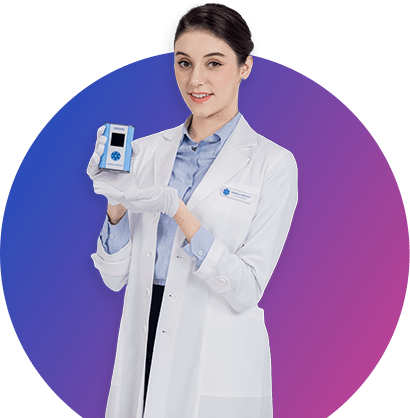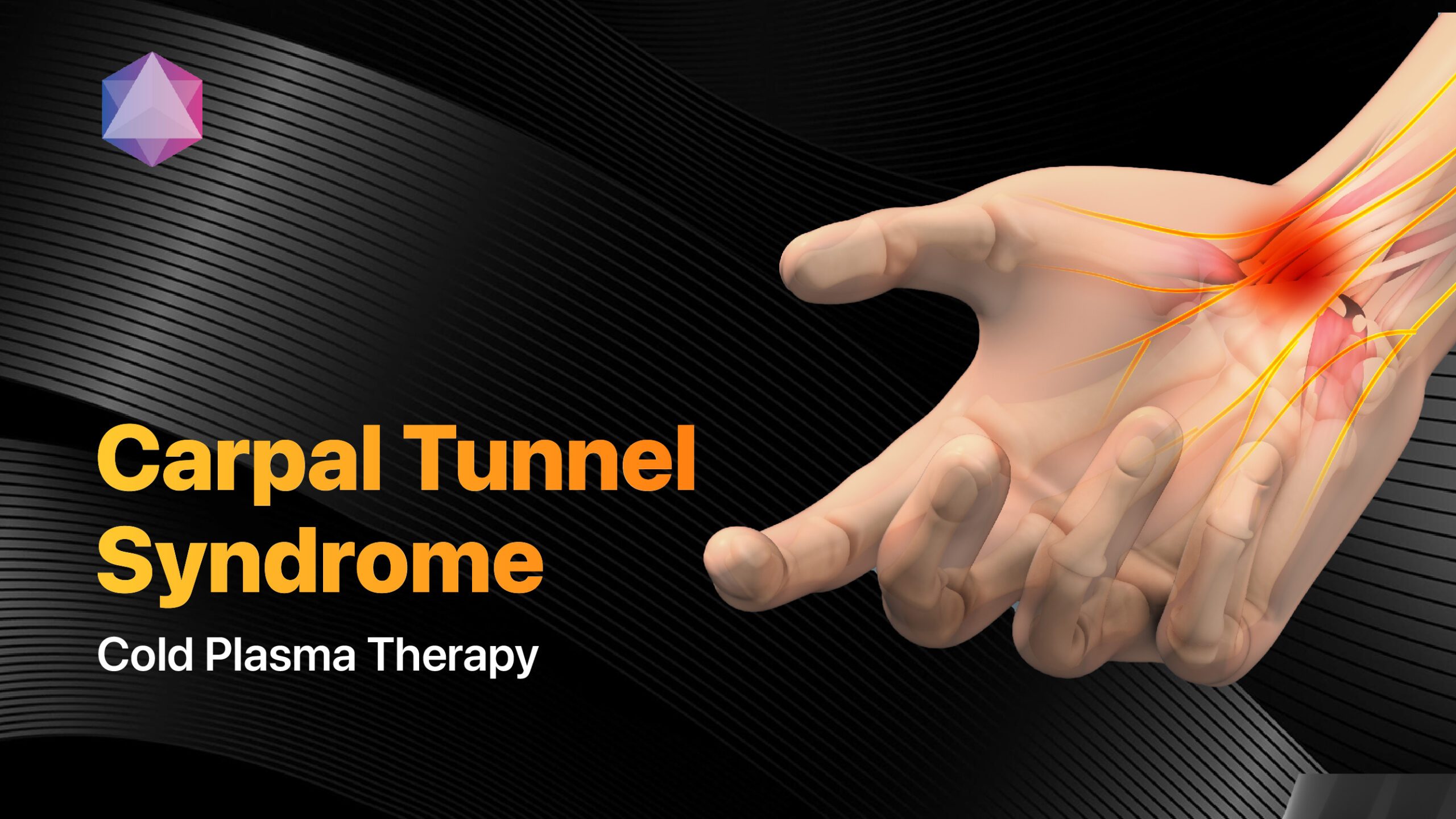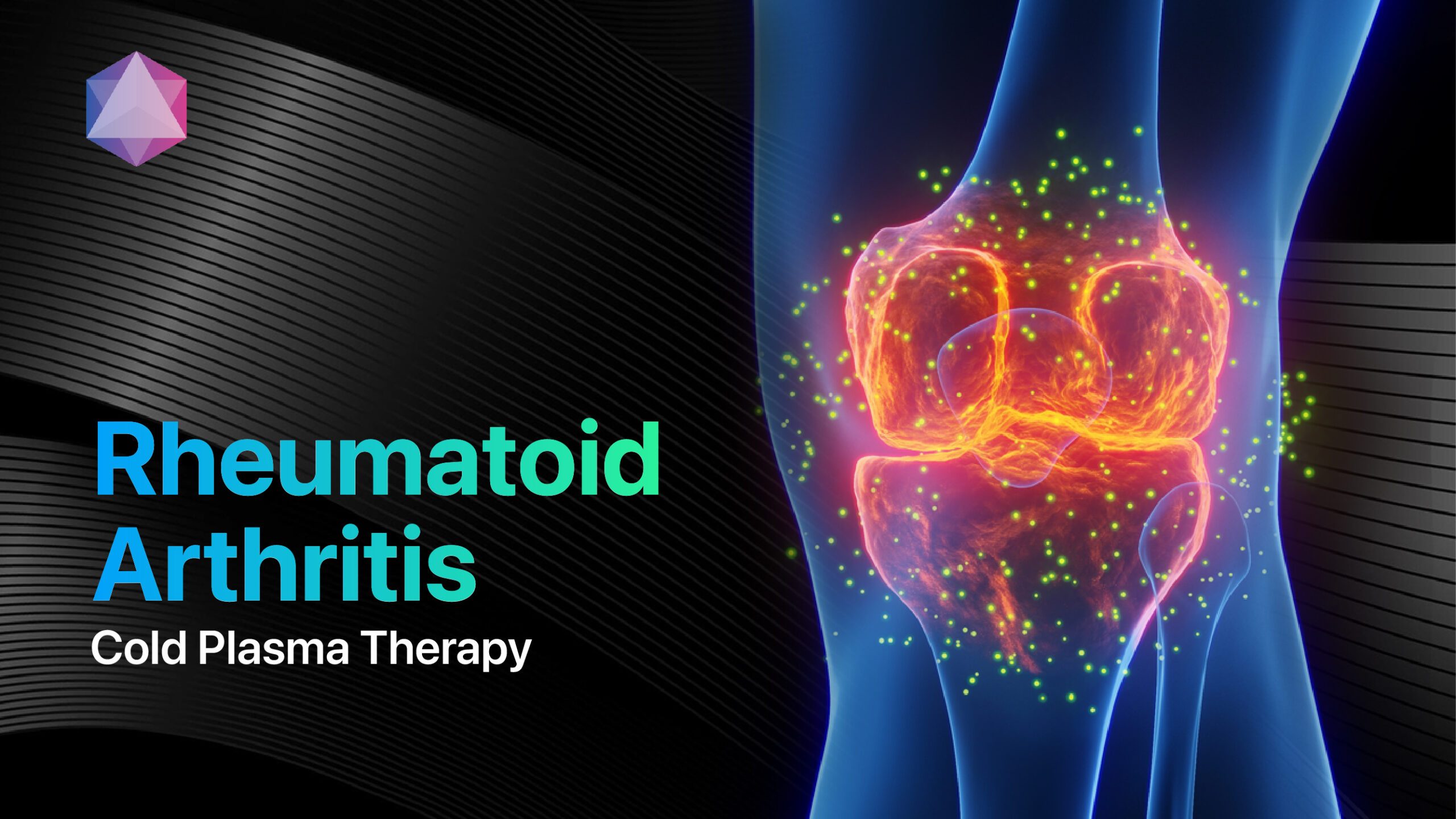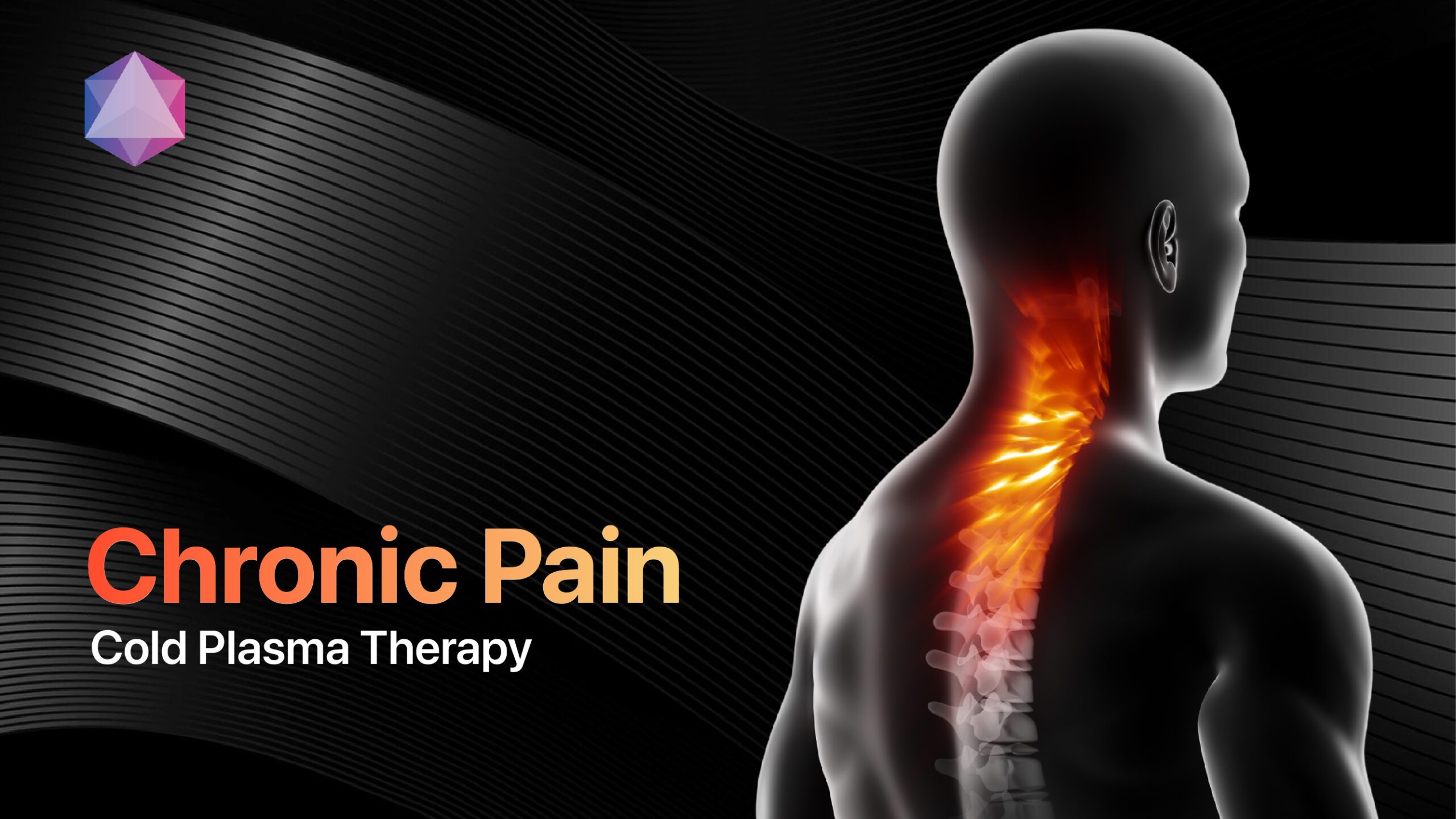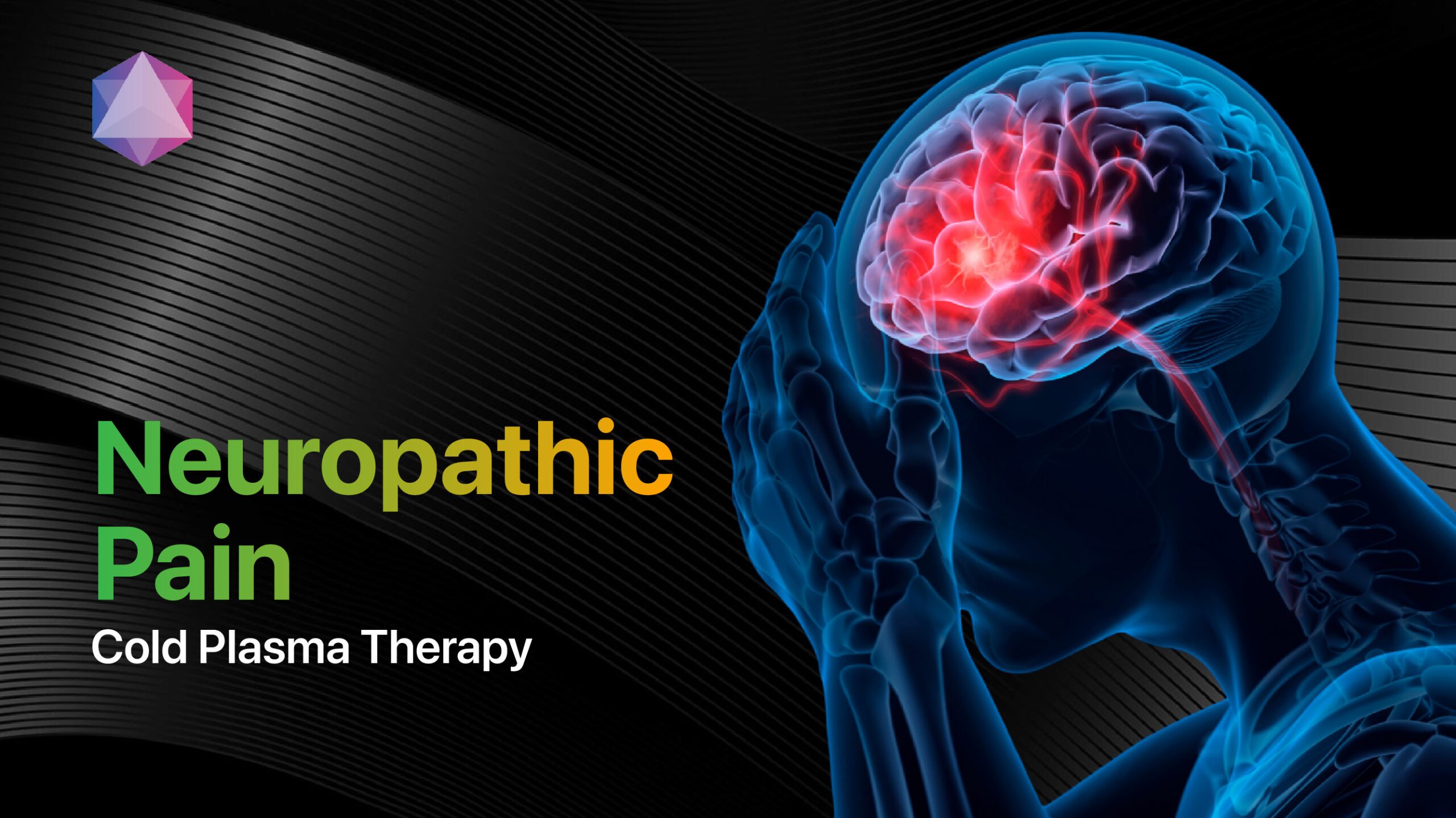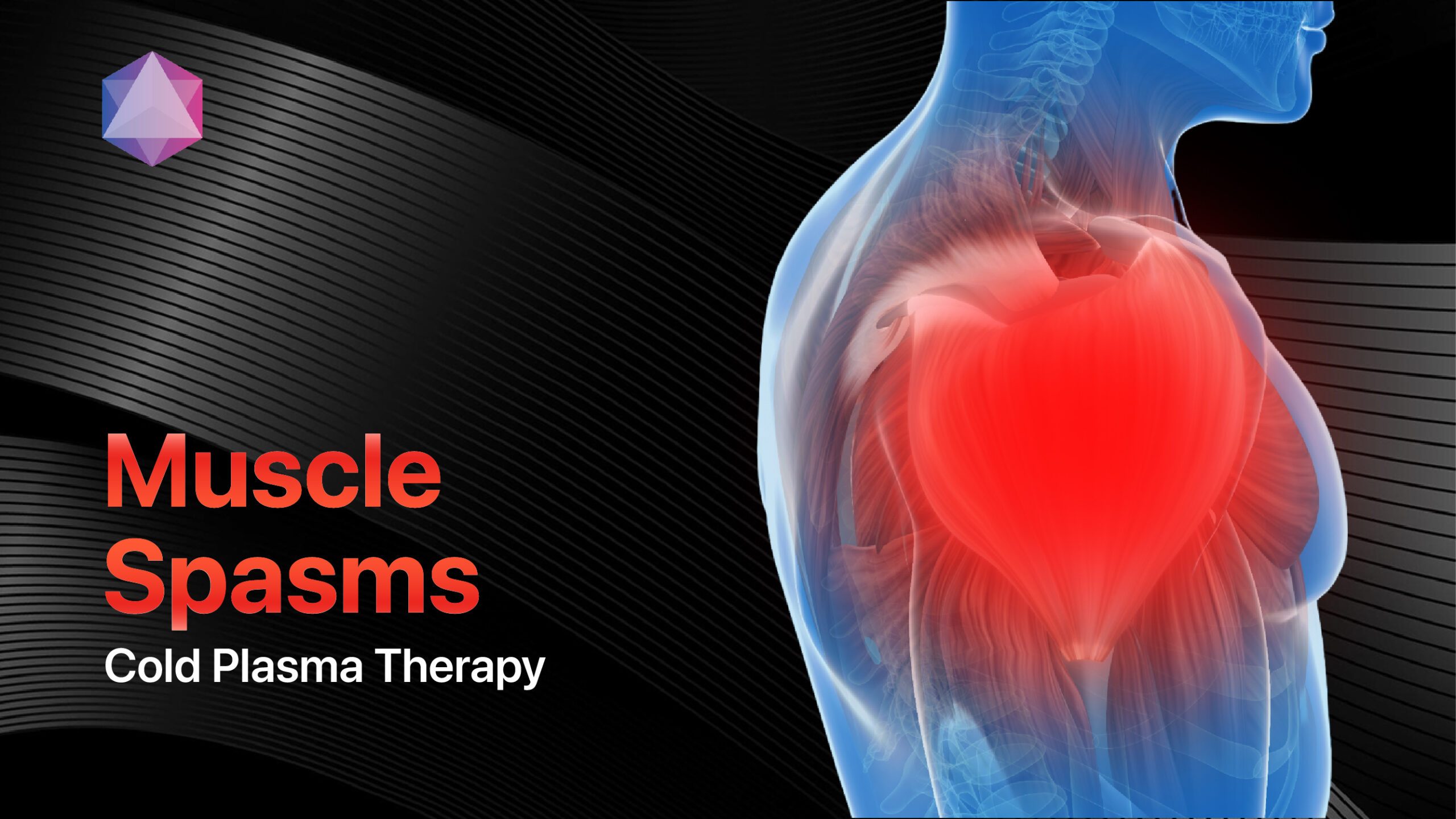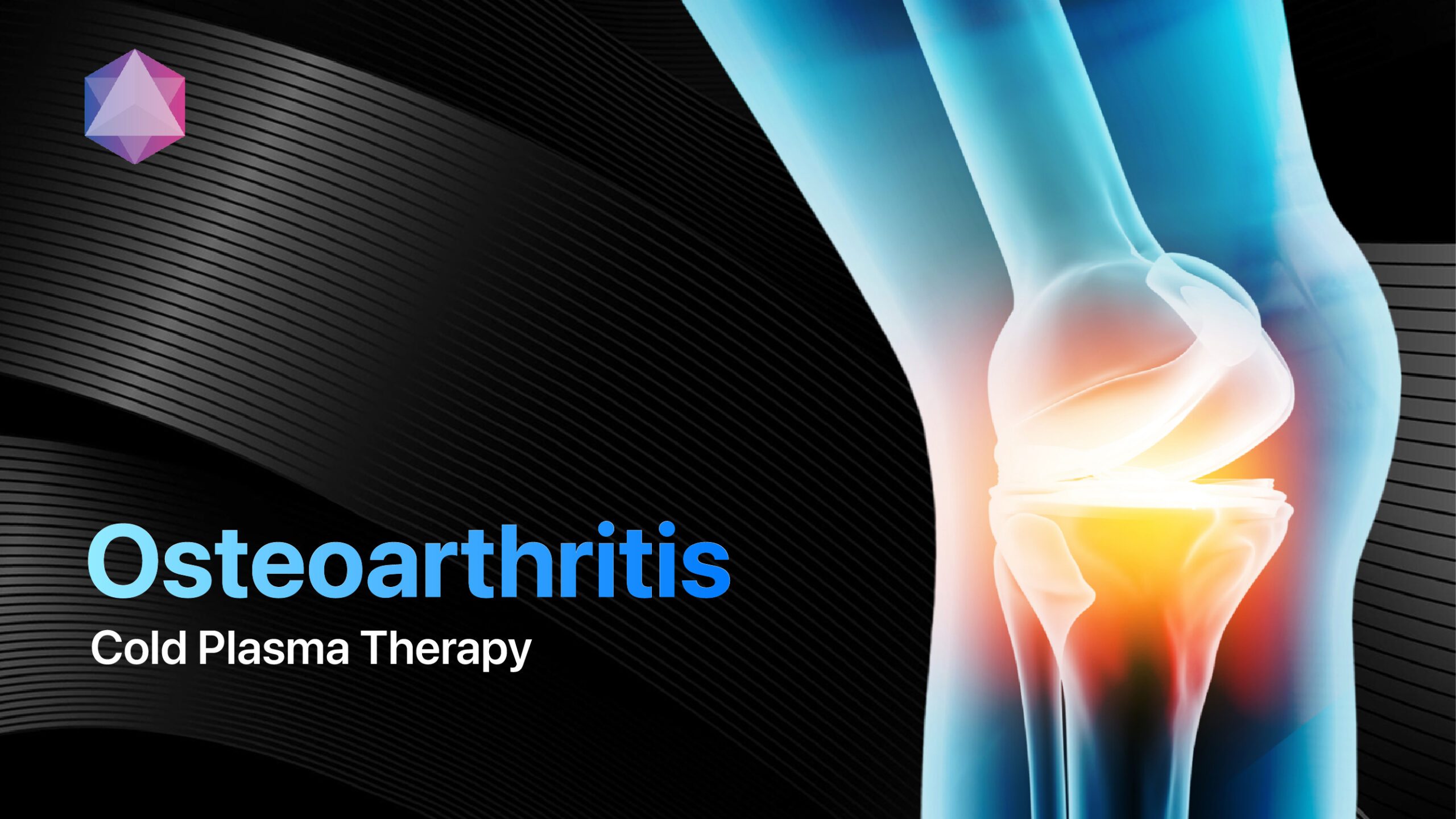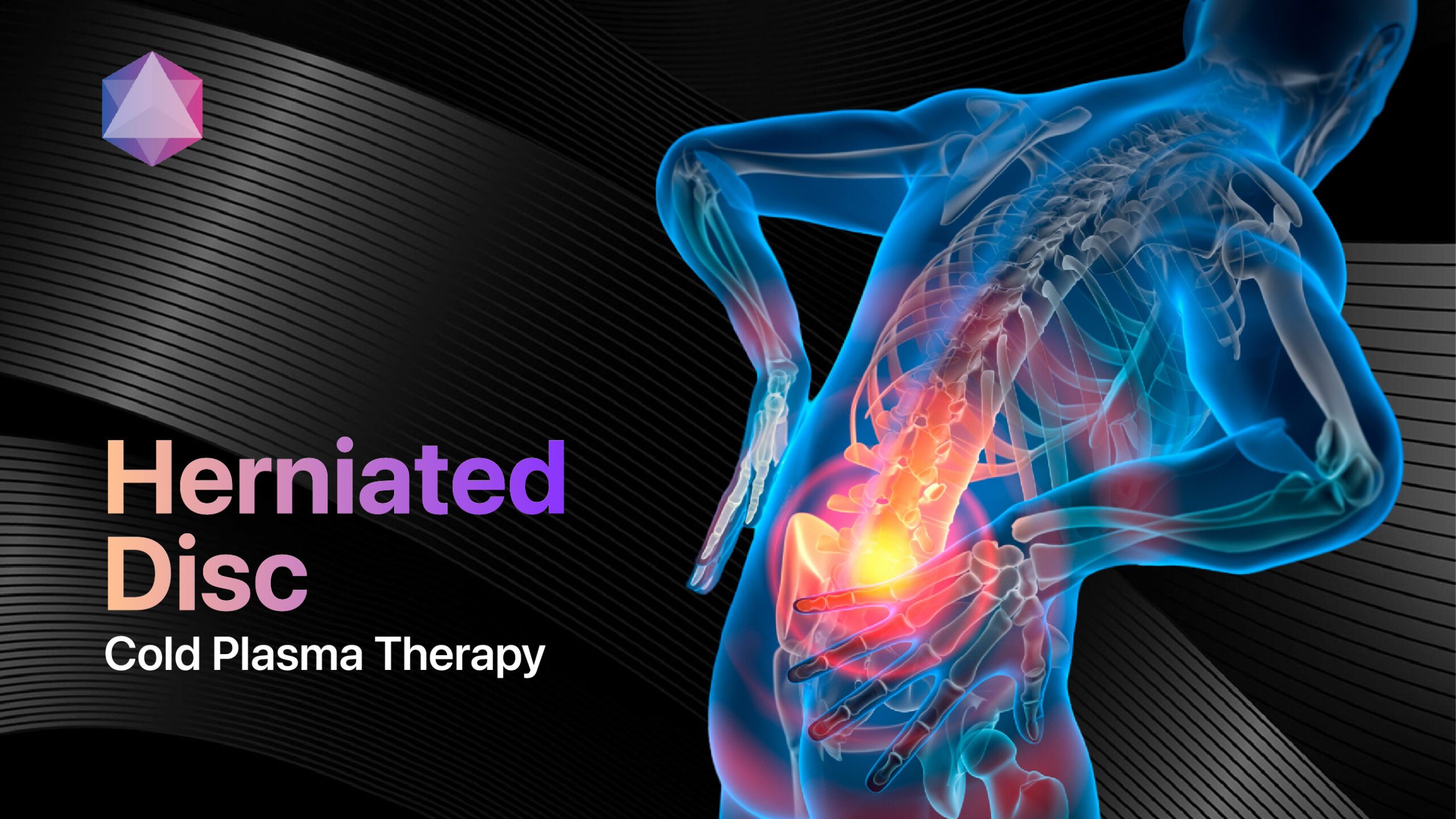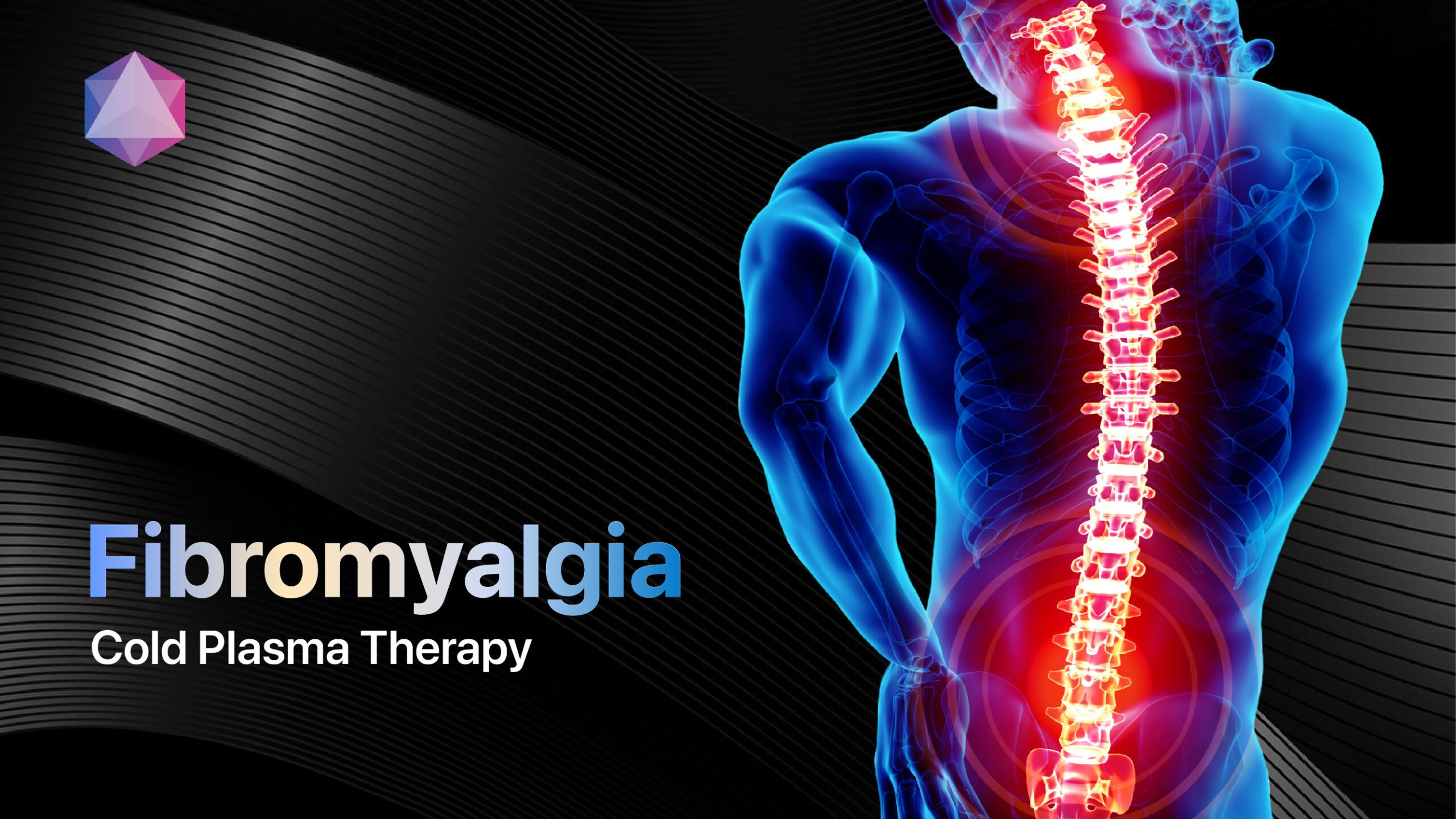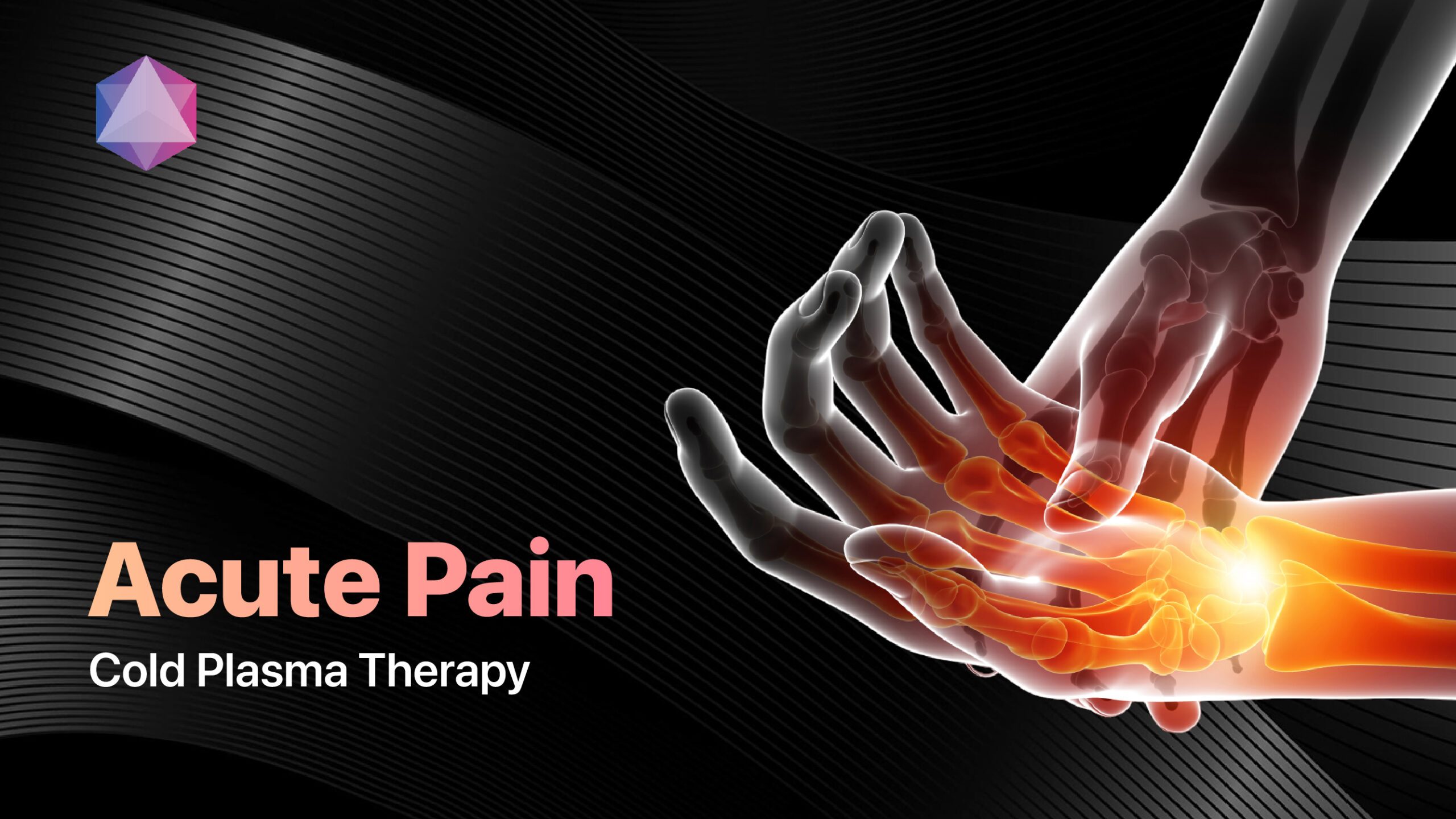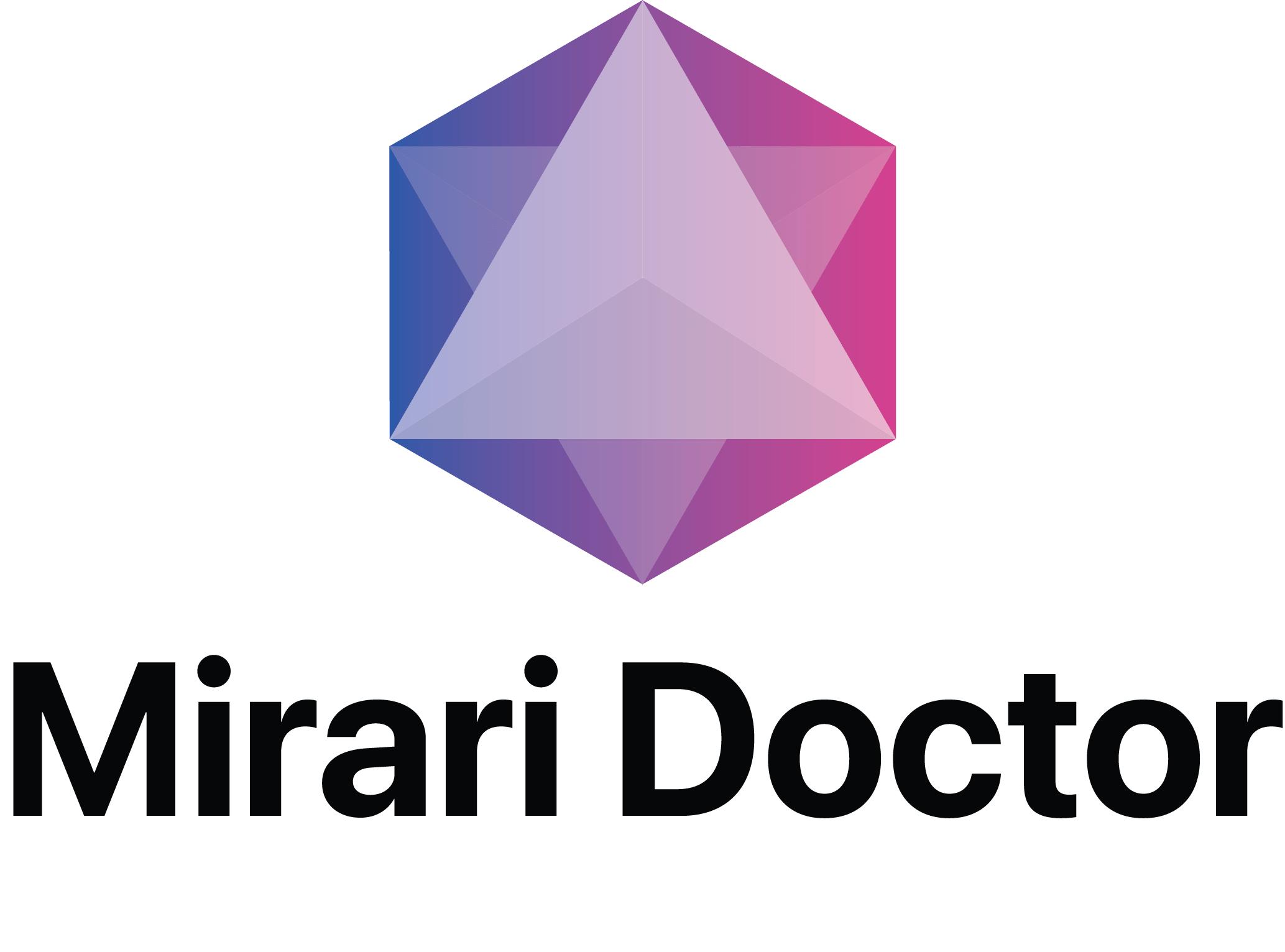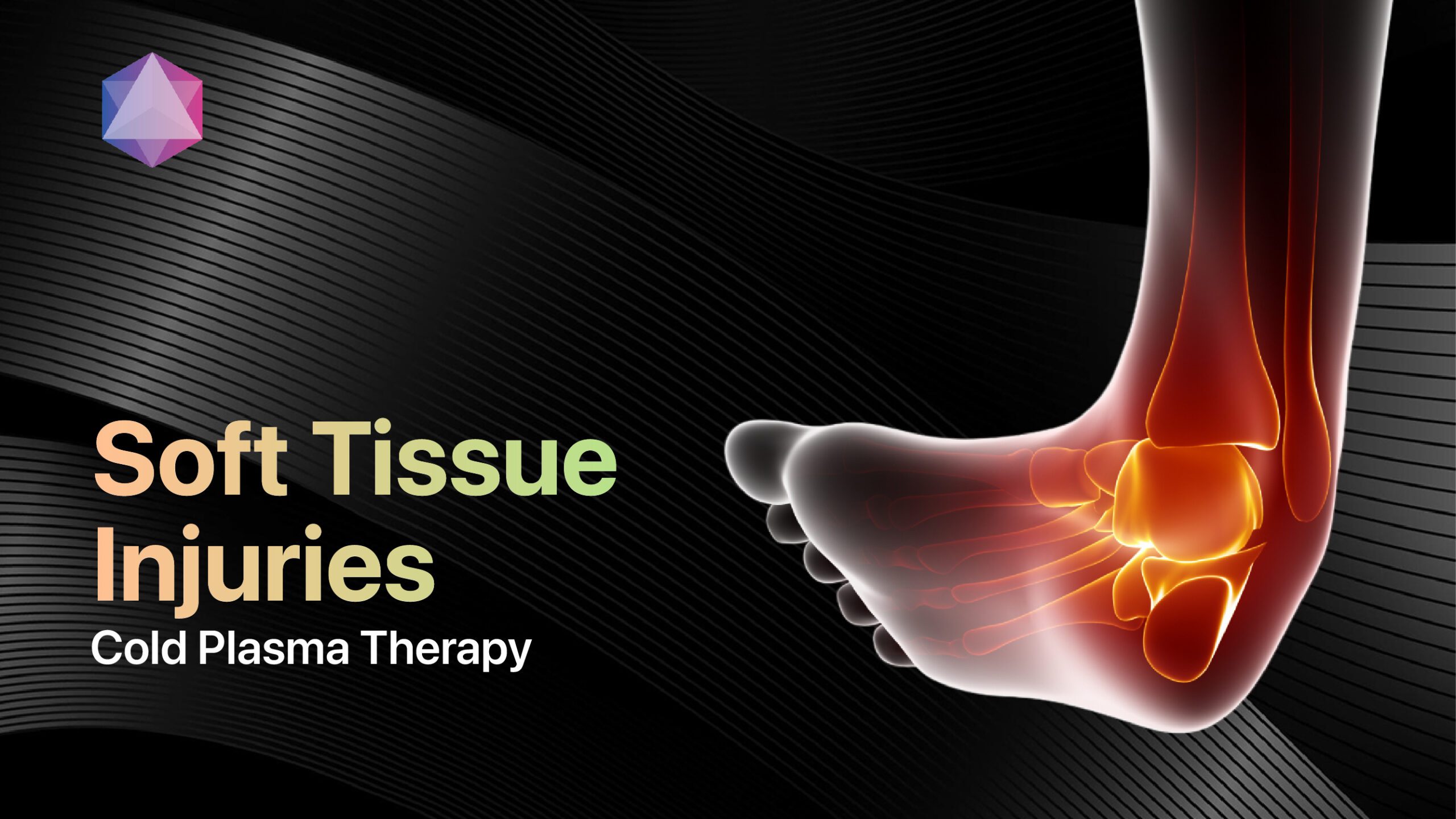
Soft tissue injuryaffects millions of people worldwide, causing debilitating pain, reduced mobility, and significant healthcare costs. These injuries to muscles, tendons, ligaments, and other connective tissues can result from sports activities, workplace accidents, or daily activities, dramatically impacting quality of life and functional capacity[1]. Recent advances in medical technology have introduced revolutionary treatment approaches that promise faster healing times and improved patient outcomes compared to traditional methods.
Healthcare providers increasingly recognize the limitations of conventional soft tissue injury treatments, particularly the prolonged rehabilitation periods and reliance on pain medications. The emergence of cold plasma therapy represents a paradigm shift in tissue repair and regeneration, offering patients non-invasive alternatives that address both symptoms and underlying healing mechanisms while accelerating recovery timelines.
Understanding Soft Tissue Injury: Types, Causes, and Impact
What exactly constitutes a soft tissue injury?
Asoft tissue injuryoccurs when damage affects the body’s non-bony structures, including muscles, ligaments, tendons, and connective tissues that provide support, stability, and movement[2]. These injuries can result from sudden trauma, repetitive stress, or degenerative processes that compromise tissue integrity and function.
The musculoskeletal system relies on these soft tissues to enable daily activities. When damaged, these structures trigger inflammatory responses that lead to pain, swelling, and functional limitations that may persist for weeks or months without appropriate treatment[3].
Understanding the specific type ofsoft tissue injuryis crucial for developing effective treatment strategies. Each tissue type responds differently to therapeutic interventions, requiring tailored approaches that consider the injury’s location, severity, and underlying mechanisms.
Common Mechanisms of Soft Tissue Injury Development
- Acute soft tissue injuriestypically result from sudden trauma or excessive force applied to healthy tissues. These injuries are classified into several categories based on affected structures and damage severity[1]:
- Sprainsinvolve stretching or tearing of ligaments, the fibrous bands connecting bones at joints. These injuries commonly affect ankles, knees, and wrists, with severity graded from Grade 1 (mild stretching) to Grade 3 (complete rupture requiring surgical intervention)[3].
- Strainsaffect muscles or tendons, causing stretching or tearing of these tissues. Back strains, hamstring pulls, and rotator cuff injuries represent common examples that significantly impair daily function and athletic performance[17].
- Contusionsresult from direct blows that crush underlying tissues without breaking the skin. These injuries cause bleeding within tissues, leading to characteristic bruising and localized pain that may persist for days or weeks[3].
- Chronic soft tissue injuriesdevelop gradually through repetitive stress or overuse, including conditions like tendinitis, bursitis, and stress fractures. These injuries often prove more challenging to treat due to their insidious onset and complex inflammatory patterns[20].
Traditional Soft Tissue Injury Treatment Approaches
Why conventional treatments often fall short
Traditionalsoft tissue injurymanagement has long relied on the RICE protocol (Rest, Ice, Compression, Elevation), which focuses primarily on symptom management rather than addressing underlying healing mechanisms[8]. While this approach provides initial relief, it often fails to optimize the biological processes essential for tissue regeneration.
Recent evidence suggests that anti-inflammatory medications like ibuprofen, diclofenac, and naproxen may have limited value insoft tissue injuryrecovery. In some cases, these medications may actually slow the healing process if taken too early in recovery[4].
The updated PEACE and LOVE protocol has emerged as a more comprehensive approach, emphasizing protection, elevation, avoid anti-inflammatories, compress, educate, load, optimism, vascularization, and exercise. However, even this enhanced protocol lacks specific interventions that directly accelerate cellular repair mechanisms[2].
Limitations of Current Rehabilitation Protocols
Rehabilitation approachesforsoft tissue injurytypically focus on progressive loading and functional restoration through physical therapy. While effective, these methods often require extended treatment periods that can lead to patient frustration and increased healthcare costs[20].
Pharmacological interventionsremain limited in their ability to promote tissue regeneration. Pain medications provide symptomatic relief but don’t address the underlying cellular processes that determine healing outcomes[4].
Advanced treatmentslike platelet-rich plasma (PRP) and stem cell therapy show promise but require invasive procedures with variable outcomes. These interventions also carry risks of infection and may not be suitable for all patients[5].
Revolutionary Cold Plasma Technology for Soft Tissue Injury
How cold plasma accelerates soft tissue injury healing
Cold plasma therapy represents a breakthrough approach tosoft tissue injurytreatment, utilizing ionized gas at room temperature to promote cellular regeneration and tissue repair. This innovative technology generates controlled levels of reactive oxygen and nitrogen species that interact with damaged tissues to accelerate healing processes[12].
The therapeutic mechanism involves multiple biological pathways that work synergistically to address both acute injury responses and long-term healing requirements. Cold plasma treatment directly influences cellular metabolism, inflammatory responses, and tissue regeneration at the molecular level[18].
Unlike traditional treatments that primarily focus on symptom management, cold plasma therapy addresses underlying biological processes that determine healing outcomes. This approach offers patients potentially faster recovery times with reduced reliance on pharmaceutical interventions[9].
Scientific Mechanisms Behind Plasma-Induced Tissue Regeneration
The therapeutic effects of cold plasma insoft tissue injurytreatment stem from its ability to generate both nitric oxide (NO) and reactive oxygen species (ROS) in controlled concentrations. These molecules serve as important signaling agents that regulate cellular responses during tissue repair[12].
Nitric oxideacts as a crucial mediator in wound healing, promoting vasodilation that improves blood flow to injured tissues. Enhanced circulation delivers essential nutrients and oxygen while facilitating the removal of metabolic waste products that can impair healing[6].
Reactive oxygen species, when generated at therapeutic levels, stimulate cellular proliferation and differentiation processes essential for tissue regeneration. These molecules also demonstrate antimicrobial properties that reduce infection risk in open wounds or compromised tissues[18].
Clinical studies demonstrate that cold plasma treatment promotes the formation of epidermal keratin and granular layers while increasing collagen production essential for tissue strength and integrity. Research shows that plasma-treated wounds exhibit significantly higher healing rates compared to conventional treatments[12].
Mirari Cold Plasma System: Advanced Treatment Solutions
Why choose Mirari Cold Plasma for soft tissue injury recovery?
TheMirari Cold Plasma System, developed by General Vibronics and commercialized by Mirari Doctor, represents a significant advancement in portable cold plasma technology forsoft tissue injurytreatment. This innovative device utilizes nitric oxide-based plasma generation instead of traditional reactive oxygen species approaches, providing enhanced safety profiles while maintaining therapeutic efficacy[6].
Healthcare providers appreciate the system’s user-friendly design and consistent therapeutic outcomes. The device’s portability allows for flexible treatment scheduling that accommodates various clinical settings, from emergency departments to outpatient rehabilitation facilities[7].
Technical specificationsof the Mirari system include precise temperature control, adjustable treatment parameters, and comprehensive safety features that ensure patient protection during therapy. These characteristics make it particularly suitable for treating sensitivesoft tissue injuryconditions that require gentle yet effective intervention.
| Parameter | Specification | Clinical Benefit |
|---|---|---|
| Operating Temperature | Room temperature (20-25°C) | Prevents thermal damage to tissues |
| Treatment Duration | 10-15 minutes per session | Optimal therapeutic exposure time |
| Plasma Generation | Nitric oxide-based system | Enhanced safety and efficacy |
| Power Output | Adjustable intensity levels | Customizable treatment protocols |
| Safety Features | Automatic monitoring systems | Real-time patient protection |
| Portability | Handheld design | Flexible clinical applications |
The system’s nitric oxide-based approach offers distinct advantages over traditional plasma devices. NO plays crucial roles in inflammation regulation, tissue repair, and blood flow enhancement, making it particularly effective forsoft tissue injuryrecovery[6].
Clinical Evidence Supporting Cold Plasma Efficacy
Clinical observations with theMirari Cold Plasma Systemdemonstrate significant improvements insoft tissue injuryrecovery outcomes. Research involving patients with soft tissue lesions showed that 70% achieved complete epithelialization within 14 days of treatment, with all wounds becoming completely dry and painless within three weeks[9].
Patient satisfactionremains consistently high due to the non-invasive nature of treatment and rapid symptom improvement. The therapy’s ability to provide immediate pain relief while simultaneously promoting tissue regeneration addresses both acute symptoms and long-term healing requirements[7].
Treatment protocolsavailable through Mirari Doctor typically involve daily sessions during acute phases, with frequency adjusted based on patient response and injury severity. The device’s safety profile allows for repeated treatments without the cumulative toxicity concerns associated with pharmaceutical interventions[13].
Healthcare providers report that patients experience accelerated healing with reduced pain levels and improved functional recovery compared to conventional treatment approaches. The technology’s ability to enhance collagen synthesis and cellular proliferation makes it particularly valuable for complexsoft tissue injurycases[16].
Comparing Cold Plasma to Traditional Soft Tissue Injury Treatments
Is cold plasma therapy safe for all soft tissue injury types?
Cold plasma therapy demonstrates excellent safety profiles across varioussoft tissue injuryconditions when administered according to established protocols. The technology operates at room temperature, eliminating thermal burn risks while providing effective therapeutic benefits[9].
Contraindicationsare limited but include patients with certain implanted electronic devices, active infections at treatment sites, and specific skin conditions that may be aggravated by plasma exposure. Healthcare providers should conduct thorough evaluations before initiating treatment[18].
Adverse eventsare rare and typically mild, consisting of temporary skin irritation that resolves quickly after treatment. The non-invasive nature of cold plasma therapy makes it suitable for patients who may not tolerate pharmaceutical interventions due to allergies or medication interactions[12].
| Application Area | Treatment Protocol | Expected Outcomes | Recovery Timeline |
|---|---|---|---|
| Acute Sprains | 10-15 minutes daily | Reduced swelling and pain | 3-7 days |
| Muscle Strains | 15 minutes, 2-3x daily | Faster tissue repair | 5-10 days |
| Contusions | 10 minutes as needed | Accelerated bruise resolution | 2-5 days |
| Chronic Tendinitis | 15 minutes, 3x weekly | Decreased inflammation | 2-4 weeks |
| Post-surgical Wounds | 10 minutes daily | Enhanced healing | 1-2 weeks |
| Overuse Injuries | 10-15 minutes, 2x daily | Reduced pain and stiffness | 1-3 weeks |
Cost-Effectiveness and Treatment Protocols
The economic benefits of cold plasma therapy forsoft tissue injurytreatment extend beyond immediate treatment costs. By accelerating healing times and reducing complications, this approach can significantly decrease overall healthcare expenditures while improving patient quality of life[6].
Treatment protocolsvary based on injury type, severity, and patient factors. Acute injuries typically require more frequent sessions initially, with gradual reduction as healing progresses. Chronic conditions may benefit from sustained treatment schedules over longer periods[9].
Insurance coveragefor cold plasma therapy continues to evolve as more evidence supports its clinical effectiveness. Healthcare providers should verify coverage policies and provide appropriate documentation to support reimbursement claims[19].
Patient Care Guidelines and Recovery Protocols
How to integrate cold plasma into soft tissue injury rehabilitation
Successfulsoft tissue injuryrecovery often requires comprehensive approaches that combine cold plasma therapy with established rehabilitation techniques. This integration maximizes therapeutic benefits while addressing all aspects of functional recovery[20].
- Phase 1 protocolstypically focus on acute symptom management using cold plasma therapy to reduce inflammation and pain. Early mobilization exercises can often begin sooner due to improved comfort levels and accelerated tissue healing[9].
- Phase 2 interventionsemphasize progressive loading and functional restoration. Cold plasma treatment before exercise sessions can enhance tolerance and promote better outcomes from physical therapy interventions[6].
- Phase 3 strategiesfocus on return to full activity levels and injury prevention. Continued cold plasma treatment may help maintain tissue health and reduce re-injury risk during this critical transition period[12].
Monitoring Progress and Optimizing Outcomes
Effectivesoft tissue injurymanagement requires regular assessment of treatment response and adjustment of therapeutic protocols based on patient progress. Healthcare providers should establish clear metrics for measuring improvement and modify approaches accordingly[14].
Objective measuresinclude range of motion assessments, strength testing, and functional capacity evaluations. These parameters provide quantitative data to guide treatment decisions and demonstrate progress to patients and insurance providers[11].
Subjective indicatorssuch as pain levels, quality of life measures, and patient satisfaction scores offer valuable insights into treatment effectiveness. The combination of objective and subjective measures provides comprehensive evaluation of therapeutic outcomes[15].
Patient-Focused Frequently Asked Questions
How quickly can I expect to see results from cold plasma treatment for my soft tissue injury?
Most patients experience immediate improvement in pain and comfort during cold plasma treatment sessions forsoft tissue injuryconditions. Clinical studies show that 70% of patients achieve significant symptom reduction within 14 days of beginning treatment[9]. The anti-inflammatory effects of cold plasma therapy often provide noticeable relief during the actual treatment session, with continued improvement over the following days. For acute injuries like sprains or strains, patients typically notice substantial functional improvement within 3-7 days of consistent treatment, while chronic conditions may require 2-4 weeks for optimal results.
Can cold plasma therapy be used alongside other treatments for my soft tissue injury?
Yes, cold plasma therapy integrates excellently with conventionalsoft tissue injurytreatments including physical therapy, occupational therapy, and appropriate medications. The localized nature of cold plasma treatment doesn’t interfere with systemic medications, making it an ideal adjunct therapy[6]. Many healthcare providers recommend combining cold plasma with gentle mobilization exercises, manual therapy, and other rehabilitation techniques for optimal outcomes. The anti-inflammatory effects of plasma therapy can actually enhance tolerance for other interventions while promoting better healing results. This multimodal approach often produces superior outcomes compared to single-treatment strategies.
Are there any side effects or risks associated with cold plasma therapy for soft tissue injuries?
Cold plasma therapy demonstrates excellent safety profiles forsoft tissue injurytreatment when administered according to established protocols. The most common side effects are mild and temporary, including slight skin irritation that resolves quickly after treatment[12]. The technology operates at room temperature, eliminating thermal burn risks while providing effective therapeutic benefits. Serious adverse events are extremely rare, making cold plasma therapy suitable for patients who may not tolerate pharmaceutical interventions due to allergies or medication interactions. Healthcare providers should conduct thorough evaluations for patients with implanted electronic devices or active infections at treatment sites.
How does the Mirari Cold Plasma system compare to other cold plasma devices for soft tissue injury treatment?
TheMirari Cold Plasma System, developed by General Vibronics and available through Mirari Doctor, offers several distinct advantages forsoft tissue injurytreatment. Unlike traditional reactive oxygen species-based systems, the Mirari device utilizes nitric oxide-based plasma generation, providing enhanced safety profiles while maintaining therapeutic efficacy[6]. The system’s portable design, user-friendly interface, and comprehensive safety features make it particularly suitable for various clinical settings. Healthcare providers report consistent therapeutic outcomes and high patient satisfaction with the Mirari system compared to other available devices. The device’s ability to deliver precise, controlled doses of nitric oxide makes it especially effective for promoting tissue regeneration and pain relief.
What should I expect during a cold plasma treatment session for my soft tissue injury?
During a cold plasma treatment session forsoft tissue injury, patients typically experience a comfortable, non-invasive procedure lasting 10-15 minutes. The healthcare provider will position the device near the injured area, maintaining appropriate distance while moving the applicator over the treatment site[9]. Patients may feel mild warmth or tingling sensations, but the treatment remains painless and well-tolerated. Most patients find the experience relaxing and report immediate pain relief during the session. Treatment frequency depends on injury severity and patient response, with acute conditions typically requiring daily sessions initially, followed by gradual reduction as healing progresses. The non-invasive nature makes it suitable for patients of all ages and medical conditions.
Medical Disclaimer:This information is for educational purposes only and should not replace professional medical advice. Always consult with qualified healthcare providers before beginning any new treatment for soft tissue injury conditions.
References
- American Academy of Orthopaedic Surgeons. (2020). Sprains, Strains & Other Soft-Tissue Injuries.//orthoinfo.aaos.org/en/diseases–conditions/sprains-strains-and-other-soft-tissue-injuries/
- Cleveland Clinic. (2025). Soft Tissue Injury: What It Is, Types, Causes & Treatment.//my.clevelandclinic.org/health/diseases/soft-tissue-injury
- Johns Hopkins Medicine. (2025). Soft-Tissue Injuries.//www.hopkinsmedicine.org/health/conditions-and-diseases/softtissue-injuries
- NHS inform. (2024). Soft tissue injury advice.//www.nhsinform.scot/illnesses-and-conditions/muscle-bone-and-joints/soft-tissue-injury-advice/
- Mayo Clinic. (2019). Advances in treatment of soft tissue injuries.//newsnetwork.mayoclinic.org/n7-mcnn/7bcc9724adf7b803/uploads/2019/04/MCM-Advances-in-treatment-of-soft-tissue-injuries-SCRIPT.pdf
- Mirari Doctor. (2025). Soft Tissue Injury Relief: The Power of Cold Plasma Therapy./cold-plasma-for-soft-tissue-injury/
- Mirari Doctor. (2025). Soft Tissue Injury Relief: The Power of Cold Plasma Therapy./web-stories/cold-plasma-for-soft-tissue-injury/
- Sports Medicine Australia. (2025). Soft Tissue Injuries.//sma.org.au/resources/injury-fact-sheets/soft-tissue-injuries/
- National Center for Biotechnology Information. (2022). Cold Plasmamed Beam as a Supporting Treatment of Soft Tissue Injuries in Severe Covid-19 Patients.//pmc.ncbi.nlm.nih.gov/articles/PMC9394517/
- LinkedIn. (2024). Mirari® Cold Plasma System for Soft Tissues.//www.linkedin.com/posts/miraridoctor_mirari-doctor-the-secret-to-cell-rejuvenation-activity-7221658022496944129-16EY
- Your Physio. (2025). Managing a soft tissue injury.//www.yourphysio.org.uk/new-pain-problem/managing-a-soft-tissue-injury/
- SAGE Journals. (2023). Cold Plasma Treatment Promotes Full-thickness Healing of Skin Wounds in Murine Models.//journals.sagepub.com/doi/full/10.1177/15347346211002144
- Mirari Doctor. (2025). Handheld Cold Plasma Technology./product/
- Health Information and Services. (2025). Soft tissue injuries and treatment.//info.health.nz/conditions-treatments/emergencies-and-first-aid/soft-tissue-injuries-treatment
- PubMed. (2022). Cold Plasmamed Beam as a Supporting Treatment of Soft Tissue.//pubmed.ncbi.nlm.nih.gov/36003611/
- YouTube. (2025). Mirari Doctor.//www.youtube.com/@miraridoctorofficial
- Medical News Today. (2024). Soft tissue injury: Symptoms, causes, treatment, and more.//www.medicalnewstoday.com/articles/soft-tissue-injury
- Frontiers in Bioengineering and Biotechnology. (2025). Low-temperature cold plasma promotes wound healing by inhibiting.//www.frontiersin.org/journals/bioengineering-and-biotechnology/articles/10.3389/fbioe.2025.1511259/full
- LinkedIn. (2025). MIRARI® Cold Plasma System for various medical conditions.//www.linkedin.com/posts/miraridoctor_home-activity-7218471991354249217-g9_D
- Physiopedia. (2025). Soft Tissue Injuries.//www.physio-pedia.com/Soft_Tissue_Injuries
Related articles
Made in USA
